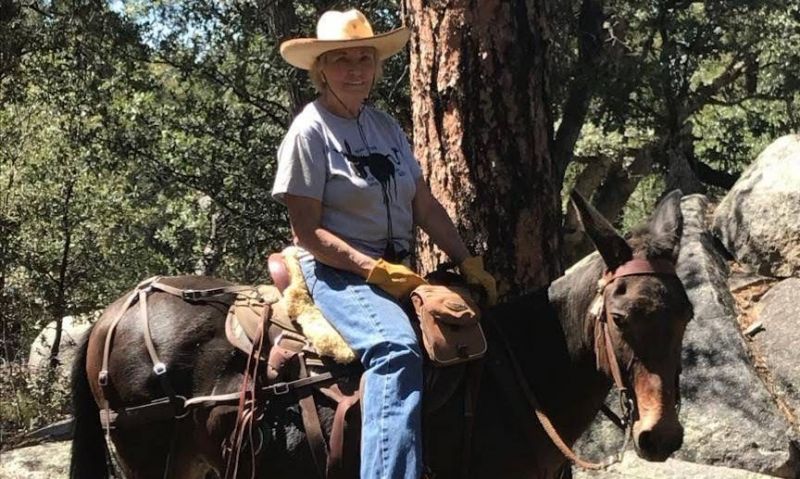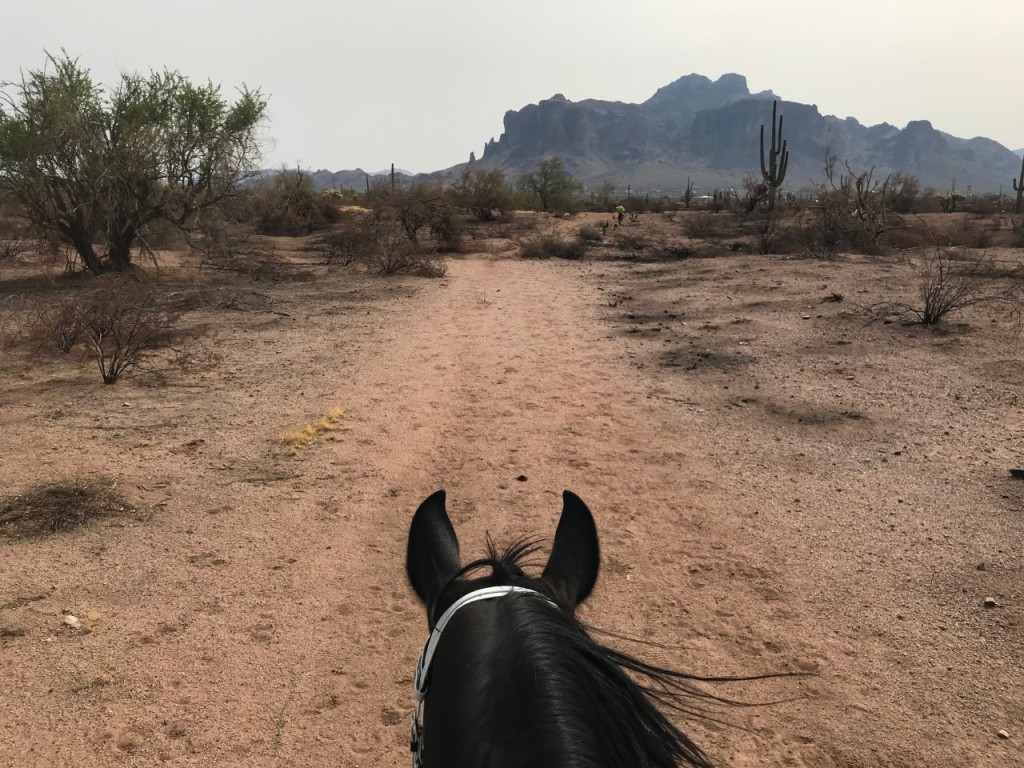Wild parsnip, which is found throughout the United States, can cause phototoxic reactions in horses even if they don't eat it.
CHRISTINE BARAKAT
UPDATED:OCT 16, 2020 • ORIGINAL:OCT 15, 2020
Researchers in Utah have discovered that wild parsnip—an invasive weed found throughout the United States—can cause phototoxic reactions in horses even if they don’t eat it.
Many photosensitive skin reactions occur after a horse ingests a plant that contains photodynamic compounds. When ultraviolet rays from sunlight pass through the horse’s pink skin, they interact with the compounds in the skin and blood, resulting in painful burns with extensive blistering.
However, Utah State University and U.S. Department of Agriculture researchers recently determined that horses and goats may develop photosensitive skin reactions after simply coming in contact with the sap of wild parsnips...



